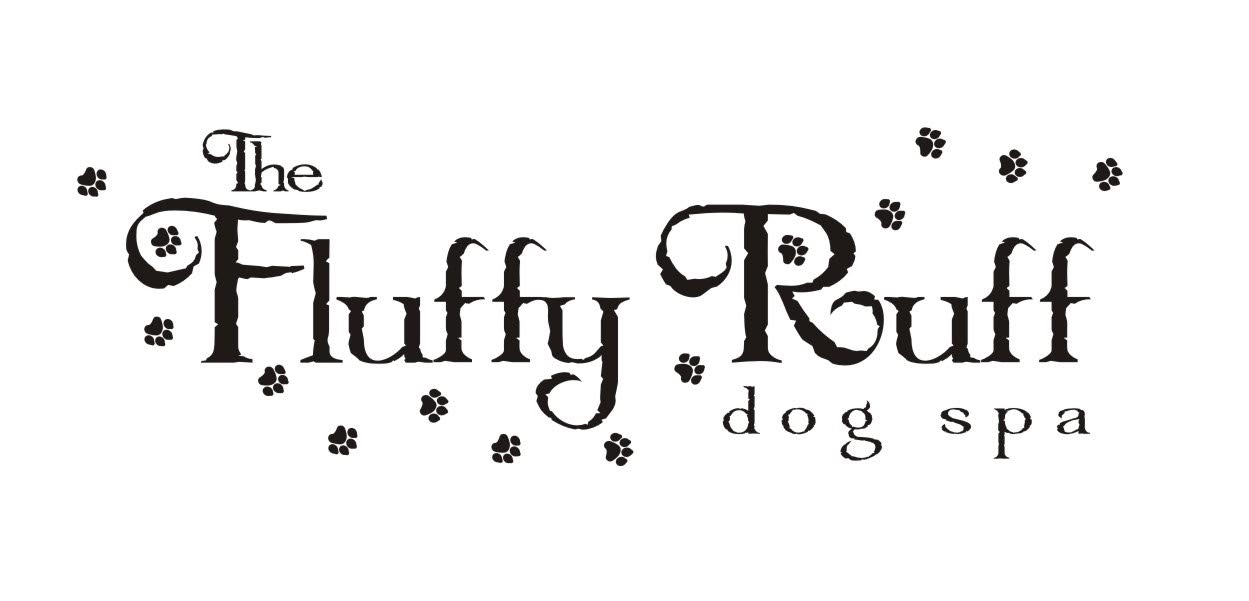Over the last week, we have scoured available information, had discussions with vets, and brainstormed on defining and improving the sanitation protocols at Fluffy Ruff to maximize safety for our treasured pet clients. We will be on the lookout for ideas to improve or tweak these as we go along.
SCHEDULING:
Clients are asked on the reminder call, as well at check-in, a list of questions regarding their pet’s health.
Questions:
-Has your dog been boarded or at a doggy daycare in the last two weeks?
-Have you observed any wellness issues, such as coughing, sneezing, runny nose, goopy eyes, gagging, or diarrhea?
If they answer “yes” to any of these, the day’s appointment will be cancelled, and rescheduled if appropriate.
Toothbrushing service is not available at this time.
FRONT RECEPTION AREA:
Entry door is wiped with sanitizer inside and out repeatedly throughout the day.
Air purifier is running at all times, with additional fans running throughout the spa. Purifier filter and fans are cleared of hair buildup and sprayed with wintergreen alcohol daily.
Phones and keyboard, desk and mouse are sprayed and wiped with sanitizer throughout the day.
Hands must be washed before grabbing treats from the containers. One “grab” per client to prevent cross-contamination.
Employee-owned pets are staying at home right now unless they have an appointment and are kenneled while here.
No more than one client pet/family is allowed in the reception area at a time to check in or out. STOP sign is posted on the door to alert new arrivals to wait until the person inside leaves.
Client leashes and collars are not to be kept on the premises.
Floor is vacuumed and steam-mopped daily.
KENNELING:
Each kennel is cleaned between each dog with “256” disinfectant and a towel, wiping down sides and back and floor and ceiling, as well as the door inside and out.
The disinfectant sits 10 minutes between dogs. A clean blanket or towel is placed in the bottom of the kennel after being cleaned.
Kennel doors are draped with microfiber towel that is tagged and folded to stay with that dog throughout its stay, to reduce exchanges of breath vapor droplets.
BATHING AND GROOMING AREAS:
The faucets, tubs and tables are sprayed with sanitizer and wiped down after each dog.
Tools, loops, nozzles, and sprayers are sprayed with wintergreen alcohol after use on each dog. Muzzles, if used, are laundered and air-dried.
When dogs are transferred between areas, they are carried or leashed to prevent contact with other animals.
A towel is placed under each dog while being blow-dried.
Floors are vacuumed and steam-mopped daily.
Between client dogs, employees will wash hands with soapy water, and wipe arms and neck with disinfectant wipes. Clothing will be brushed or tape-rollered off and sprayed with disinfectant.



